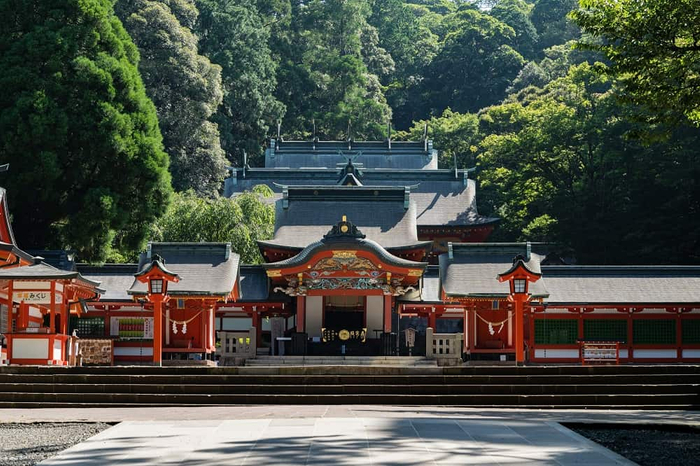Koyasan Ekoin is a shukubo temple with a history of 1200 years. Even now, as the head temple of the Shingon sect, the monks are learning Buddhist teachings in a quiet, remote land, in order to abandon their anxieties and gain enlightenment. The special room “Gachirin” with art has been reserved for accommodation since March.


“Shukubo” is an accommodation facility that provides healing to people who come to worship. Among them, “Eko-in” is a shukubo with a history of 1200 years on Mt. Koya, and you can not only relax by undressing, but also experience the teachings of Buddha through training experiences such as meditation and sutra copying.
This time, in order to prepare a special room, wall art will be produced by the design engineering studio “TANGENT” based in the UK and Japan, and the gold leaf construction was done at “Hakuichi”.
A meditation space created by an up-and-coming design engineer


INAHO (2013) / When a person passes nearby, the sensor detects it, and the ears sway and begin to shine. Lexus Design Award winning work
Hideki Yoshimoto, the representative of TANGENT who worked on this work, is an up-and-coming design engineer who studied design at the Royal College of Art in the United Kingdom after studying aerospace engineering at the University of Tokyo. He has won numerous global awards, including the 1st Lexus Design Award, and is also involved in art projects with some of the world’s leading luxury brands.
Art inspired by the meditation method of Mantra Esoteric Buddhism




This art work created by Mr. Yoshimoto was named “Gachirin”. Koyasan Shingon Esoteric Buddhism has a meditation method called “Gachirinkan”.
Gaze at the perfect circle that looks like a moon ring, and reflect that moon ring in your heart.
Furthermore, it is a meditation method that spreads the image of the moon ring to the entire body of oneself and the entire room, and finally to the entire universe.
This work is inspired by the view of the moon. The vortex of gold leaf that springs up from the perfect circle spreads all over the wall, and it represents a landscape that seems to warp and spread to another dimension of the universe. A light source is installed in the perfect circle, and light is emitted toward the surroundings. It is named after Eko-in Temple, and it is an expression that honors Dainichi Nyorai, the instructor of Shingon Esoteric Buddhism, and makes the gold leaf stand out by the light.
The traditional beauty of gold leaf brings art to life


Gold leaf plays a major role in this work. Gold leaf has long been an important material in Buddhist art. In this work, while ensuring the continuity of history using traditional materials, it is an expression that appeals to our sensibilities living in the present age with new techniques.
>Click here to reserve accommodation



















































